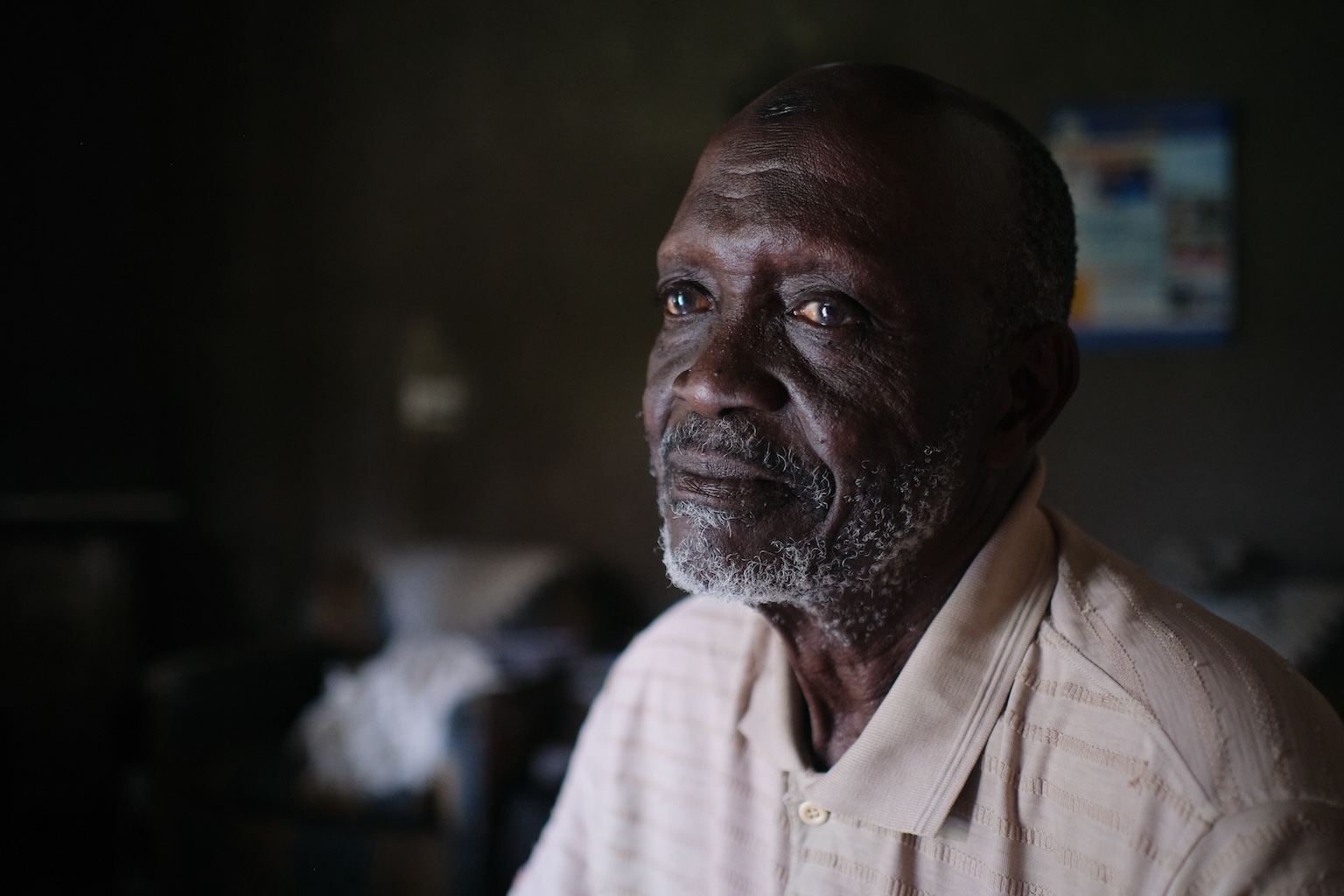History and Heritage: The Colonial Legacy of Queen Elizabeth National Park
Queen Elizabeth National Park, one of Uganda’s most iconic safari destinations, carries a rich colonial heritage that echoes the country’s past under British rule. Established in 1952 as Kazinga National Park, it was renamed in 1954 after a visit from Queen Elizabeth II.
The Influence of Colonialism on the Park
During the British colonial period, the area now known as Queen Elizabeth National Park was used for hunting and had a strong focus on big-game safaris. The legacy of colonial influence is still evident in the park’s infrastructure, conservation practices, and its very designation as a national park.
Conservation Challenges and Opportunities
Despite its colonial history, Queen Elizabeth National Park faces modern challenges such as poaching, deforestation, and community conflicts over land use. However, the park also presents opportunities for conservation efforts, ecotourism development, and community engagement to ensure the preservation of its unique biodiversity.
Future Sustainability and Development
Looking ahead, the future of Queen Elizabeth National Park lies in sustainable practices that balance conservation with the needs of local communities. By learning from its colonial past and embracing modern approaches to conservation, the park can continue to thrive as a vital part of Uganda’s natural and cultural heritage.
Tales from the Past: Ghost Stories of Uganda’s Iconic Reserve
Uganda’s iconic reserve, filled with captivating landscapes and rich biodiversity, holds a hidden treasure trove of ghost stories that have been passed down through generations.
These haunting tales add a mystical layer to the natural beauty of the reserve, captivating visitors with a blend of wonder and fear.
Local legends speak of spirits roaming the ancient forests, their presence felt in the rustling leaves and distant whispers that echo through the night.
These ghost stories, rooted in tradition and belief, offer a cultural insight into the deep connection between the land and its people.
Exploring these narratives not only ignites the imagination but also sheds light on the folklore and superstitions that have shaped the local communities.
Visitors often find themselves immersed in a unique experience, where the line between reality and myth blurs, leaving a lasting impression that transcends the boundaries of time.
These ghost stories of Uganda’s iconic reserve serve as a reminder of the intricate tapestry of history and heritage that weaves through the natural world, blending the past with the present in a captivating display of storytelling.
Wildlife and Spirits: The Unique Ecosystem of Uganda’s Historic Park
Discover the enchanting combination of wildlife and cultural spirits in Uganda’s historic park. This unique ecosystem, teeming with diverse flora and fauna, offers a glimpse into the rich tapestry of nature’s wonders interwoven with ancient spiritual beliefs.
Exploring Biodiversity and Heritage
From majestic elephants to vibrant bird species, the historic park in Uganda is a sanctuary for a myriad of wildlife. This harmonious blend of nature and ancient spirits creates a mystical ambiance that captivates visitors from around the globe.
Preservation Efforts and Sustainable Tourism
Efforts to safeguard this exceptional ecosystem are paramount. By promoting sustainable tourism practices, conserving habitats, and respecting the cultural significance of the park, we can ensure its preservation for future generations to marvel at and cherish.
Preservation Efforts: Balancing Culture and Conservation in Uganda
Breaking Down the Headlines
Uganda’s preservation efforts to balance culture and conservation have gained global attention. The country’s rich cultural heritage intertwined with diverse ecosystems poses challenges in sustainable development.
The Bigger Picture
Uganda stands at the intersection of cultural preservation and environmental conservation, embodying the delicate balance required to protect both. The struggle to safeguard historical sites and biodiversity while fostering economic growth necessitates innovative solutions.
What This Means Going Forward
As Uganda navigates this delicate equilibrium, stakeholders must collaborate on solutions that benefit communities, preserve heritage, and protect nature. Finding synergies between culture and conservation will be crucial for sustainable development in Uganda, setting a precedent for other regions facing similar challenges.
